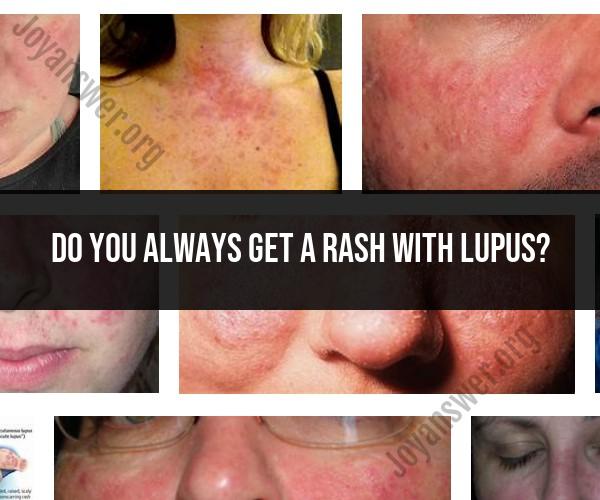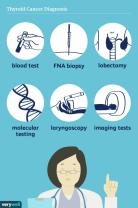Do you always get a rash with lupus?
Lupus rash is a distinctive skin manifestation of lupus, an autoimmune disease. This comprehensive guide delves into the symptoms, variations, and important considerations related to lupus rash.
Introduction to Lupus Rash
Lupus rash is a common symptom in individuals with systemic lupus erythematosus (SLE), a chronic autoimmune condition. It presents differently in various patients and often serves as a visible indicator of underlying immune system dysfunction.
Characteristic Symptoms
Common symptoms of lupus rash include:
- Butterfly Rash (Malar Rash): A red or purplish rash across the cheeks and bridge of the nose, resembling a butterfly shape.
- Discoid Rash: Circular or coin-shaped red patches with scaling and potential scarring.
- Subacute Cutaneous Rash: Red and scaly lesions often worsened by sun exposure.
Variations in Presentation
Lupus rash can vary in:
- Appearance: Rashes may be flat or raised, with varying colors and textures.
- Location: Rash can affect different parts of the body, including face, arms, chest, and back.
- Severity: Rashes can range from mild to more pronounced eruptions.
Triggers and Flares
Lupus rash may be triggered or exacerbated by:
- Sunlight: Ultraviolet (UV) light exposure can lead to rash flares.
- Medications: Certain drugs may trigger or worsen lupus rash.
- Stress: Emotional and physical stress can impact rash symptoms.
Diagnosis and Medical Evaluation
If you suspect a lupus rash:
- Consult a Healthcare Provider: Seek evaluation by a dermatologist or rheumatologist.
- Diagnostic Tests: Blood tests and skin biopsies may aid in confirming the diagnosis.
Management and Treatment
Managing lupus rash involves:
- Sun Protection: Minimizing sun exposure and using sunscreen with high SPF.
- Topical Treatments: Corticosteroid creams and ointments to reduce inflammation and itching.
- Medications: Immunosuppressants or antimalarials may be prescribed for more severe cases.
Conclusion
Lupus rash is a distinctive and visible sign of underlying autoimmune activity in individuals with lupus. By recognizing the symptoms, understanding variations, and seeking appropriate medical evaluation and treatment, individuals with lupus rash can better manage their condition and enhance their overall quality of life.













